SAWAH Exotic Green Rice Field of Yogyakarta Indonesia Tourism
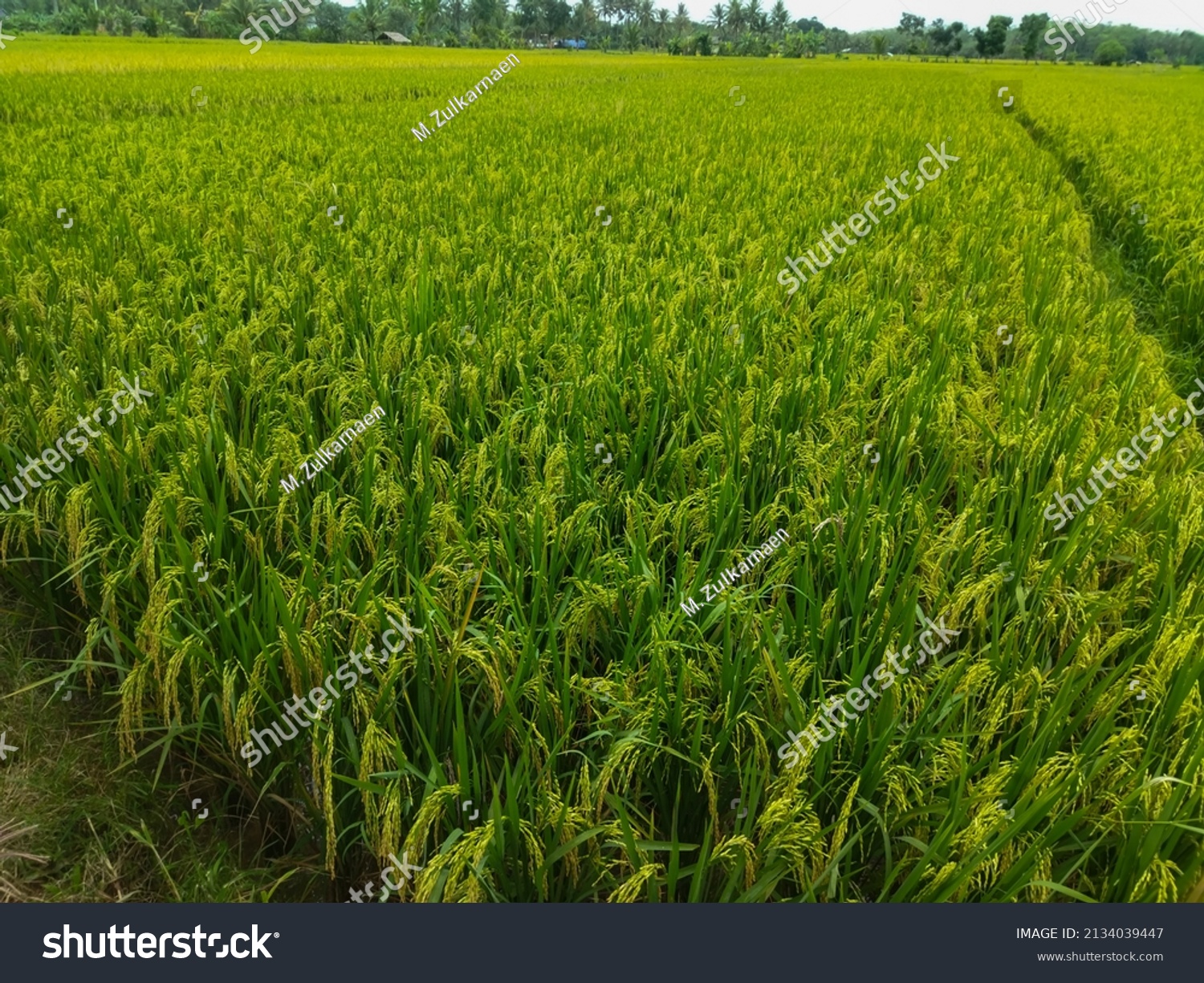
Sawah Rice Field South Banten Banten Stock Photo 2134039447 Shutterstock
To assess the economic performance of rice production under Sawah system: Rice production under Sawah system is profitable through the cost and return analysis. The gross ratio (total cost/total revenue) is 0.149 indicating that for every USD$ 0.149 expended there is the total revenue of USD$ 1.00.

Kajeng Rice Field Wisata Sawah Terasering Cantik Desember 2023
The ''Sawah'' is a new rice cultivation technology that focuses on the integrated management of land (i.e., ploughing, puddling and levelling), water and fertilizer for increased rice production and involves the use of farmers' own man-made structures (i.e., bunds) to control water, conserve soil, control weeds and enhance uniform.
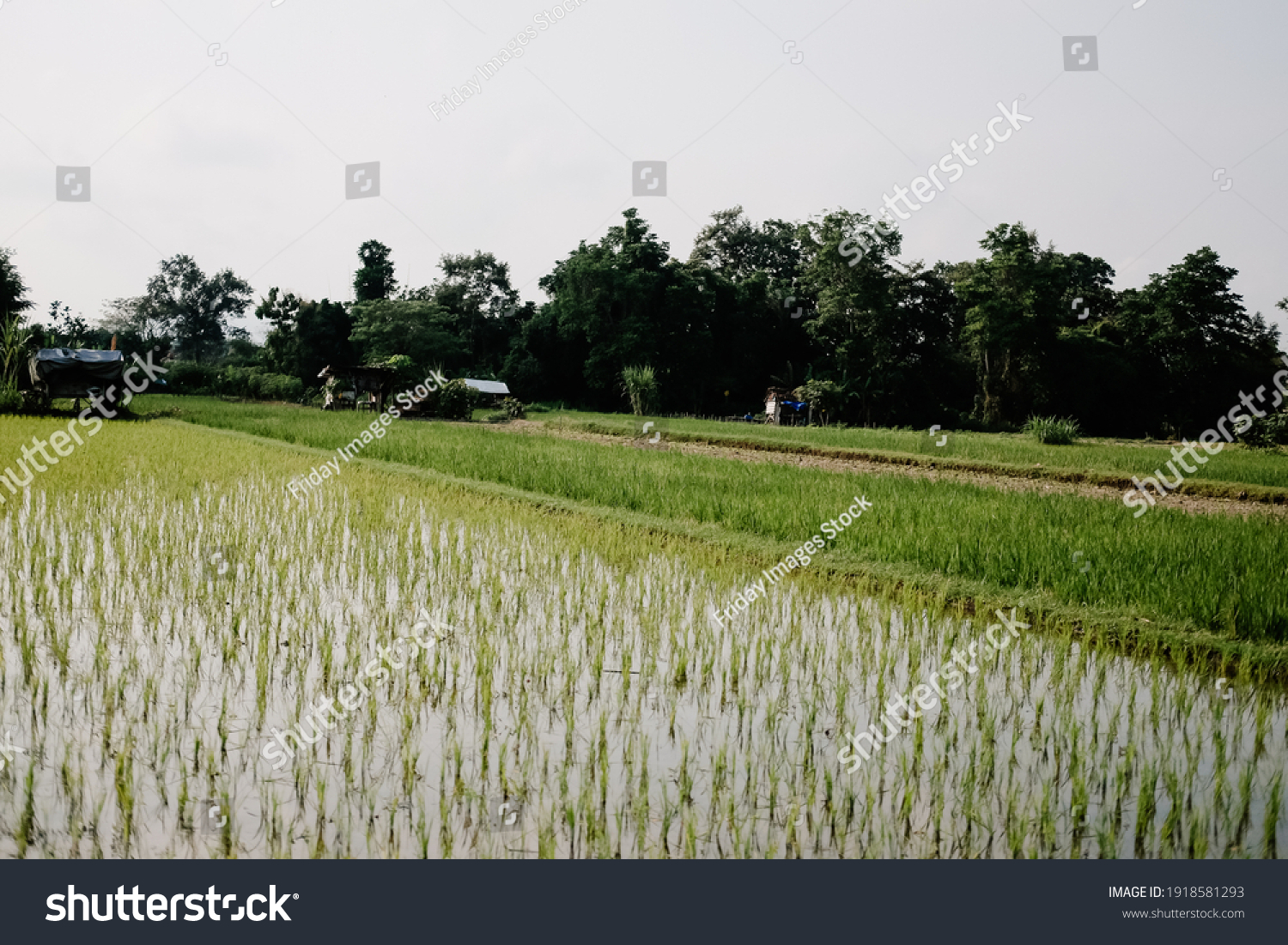
Sawah Rice Field Yogyakarta Indonesia Stock Photo 1918581293 Shutterstock
Ten to twenty million ha of sawah can produce additional food for more than 300 milion people in future. The sawah based rice farming can overcome both low soil fertility and scarce water resources through the enhancement of multi-functionality of sawah type wetlands as well as geological fertilization processes in watersheds. The sawah
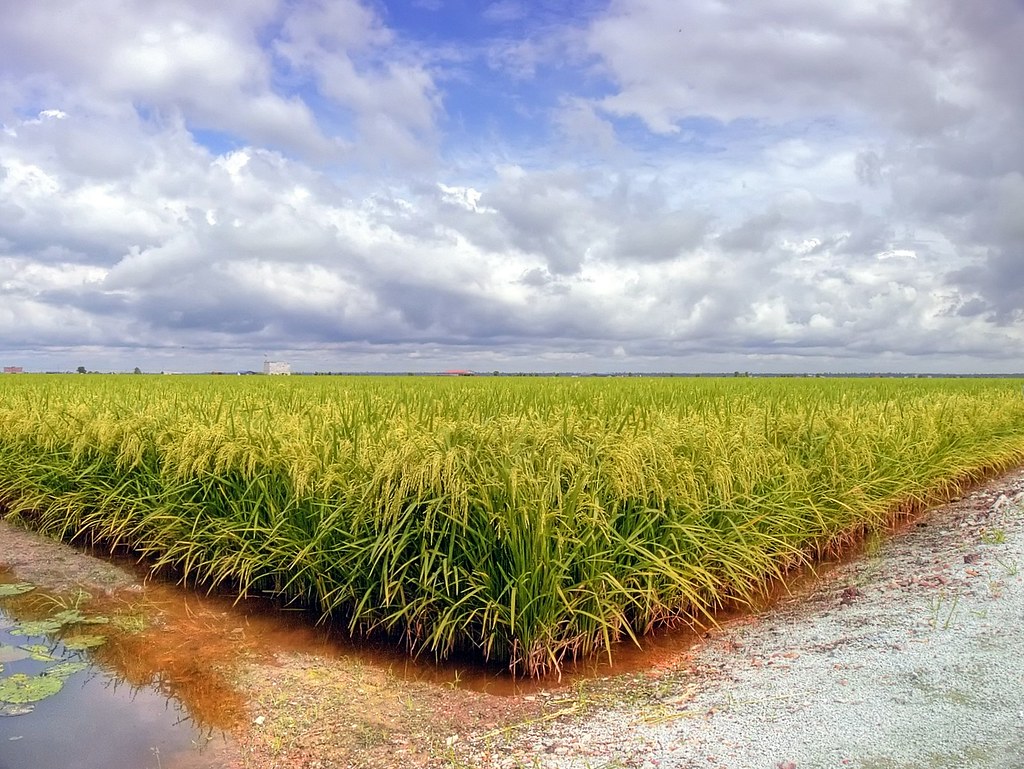
Sawah padi (rice field) View on Black marsh/stream, th… Flickr
potential of Sawah based rice farming is enormous in SSA, especially in West Africa. Ten to twenty million ha of sawah can produce additional food for more than 300 million people in future. The sawah based rice farming can overcome both low soil fertility and scarce water resources through the enhancement of multi-functionality of sawah type
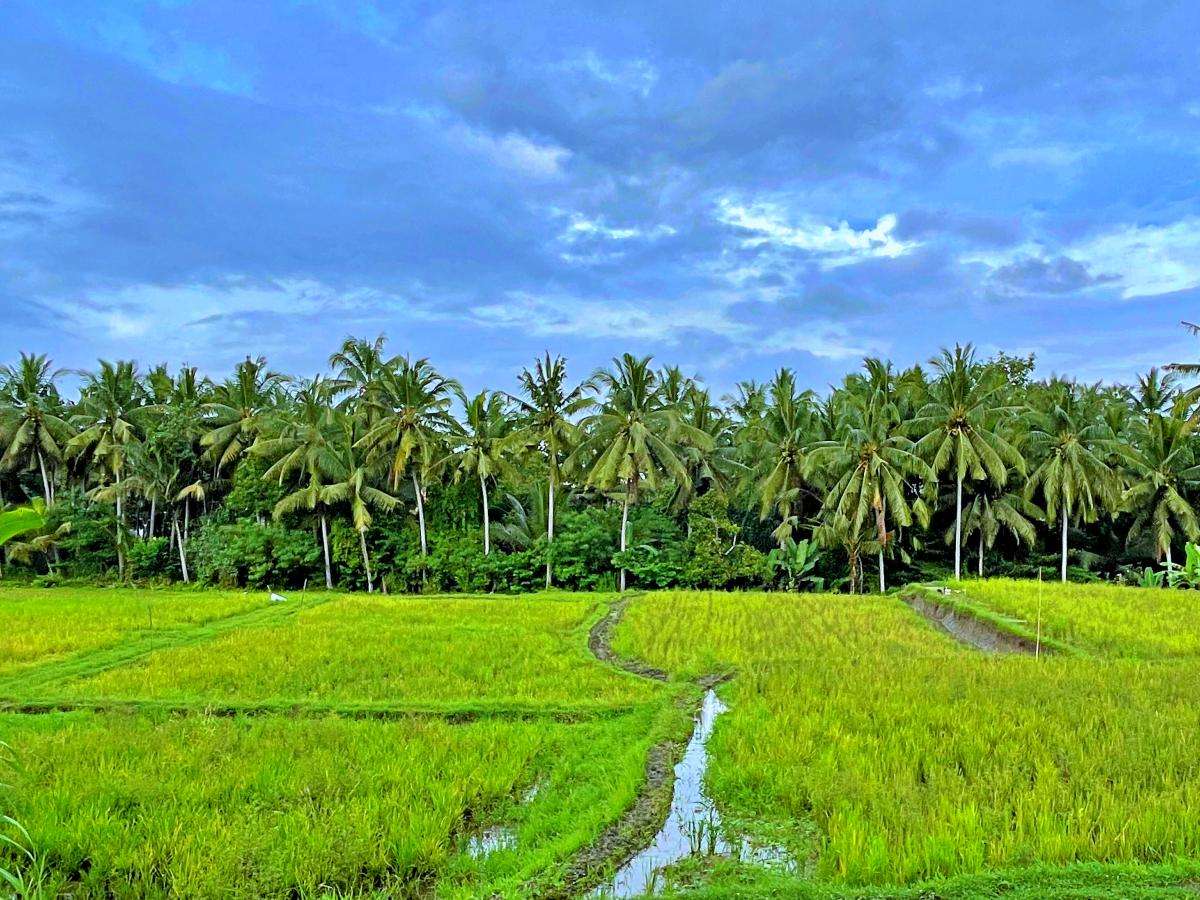
Kajeng Rice Field Wisata Sawah Terasering Cantik
Lowland sawah is viewed as a sustainable alternative to traditional rice culture in West Africa. Sawah (a bund-de-marcated, puddled, leveled, and water-regulated rice field) has received growing research attention lately, but no data exist yet on the system's long-term agronomic impact.
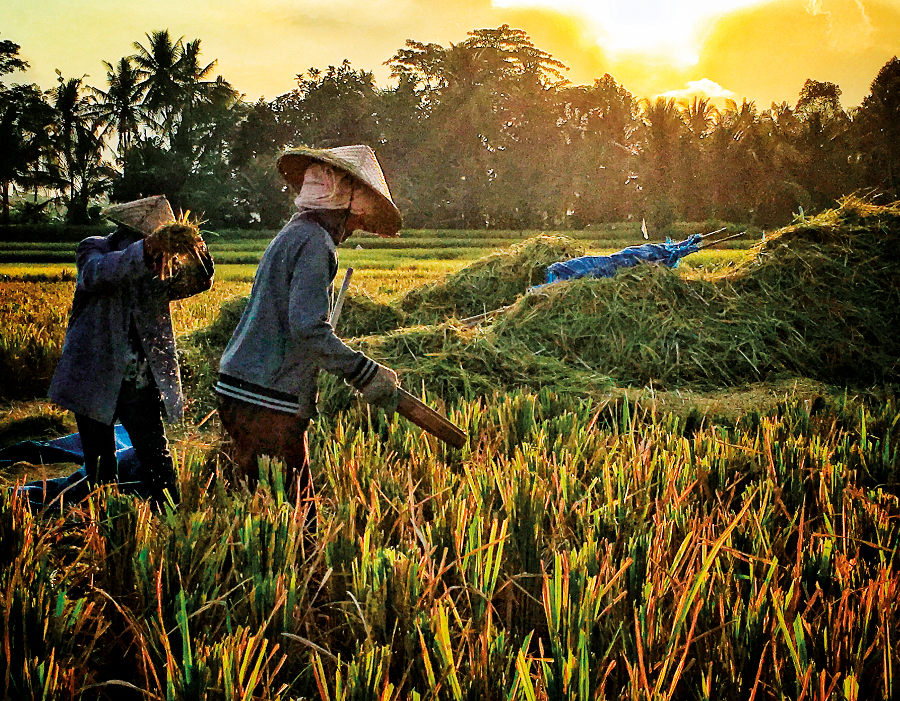
Stalwarts of the Sawah The Life of the Balinese Rice Farmer NOW! Bali
The key findings are summarized in Table 4. Overall, the Sawah system increased rice yield (Oladele and Wakatsuki, 2010; Igwe and Wakatsuki, 2012; Usman et al., 2014; Schmitter et al., 2015), improved the soil chemical properties (Nwite et al., 2008), reduced soil erosion (Igwe and Wakatsuki, 2012), and increased the profitability of rice cultivation (Raufu, 2014).
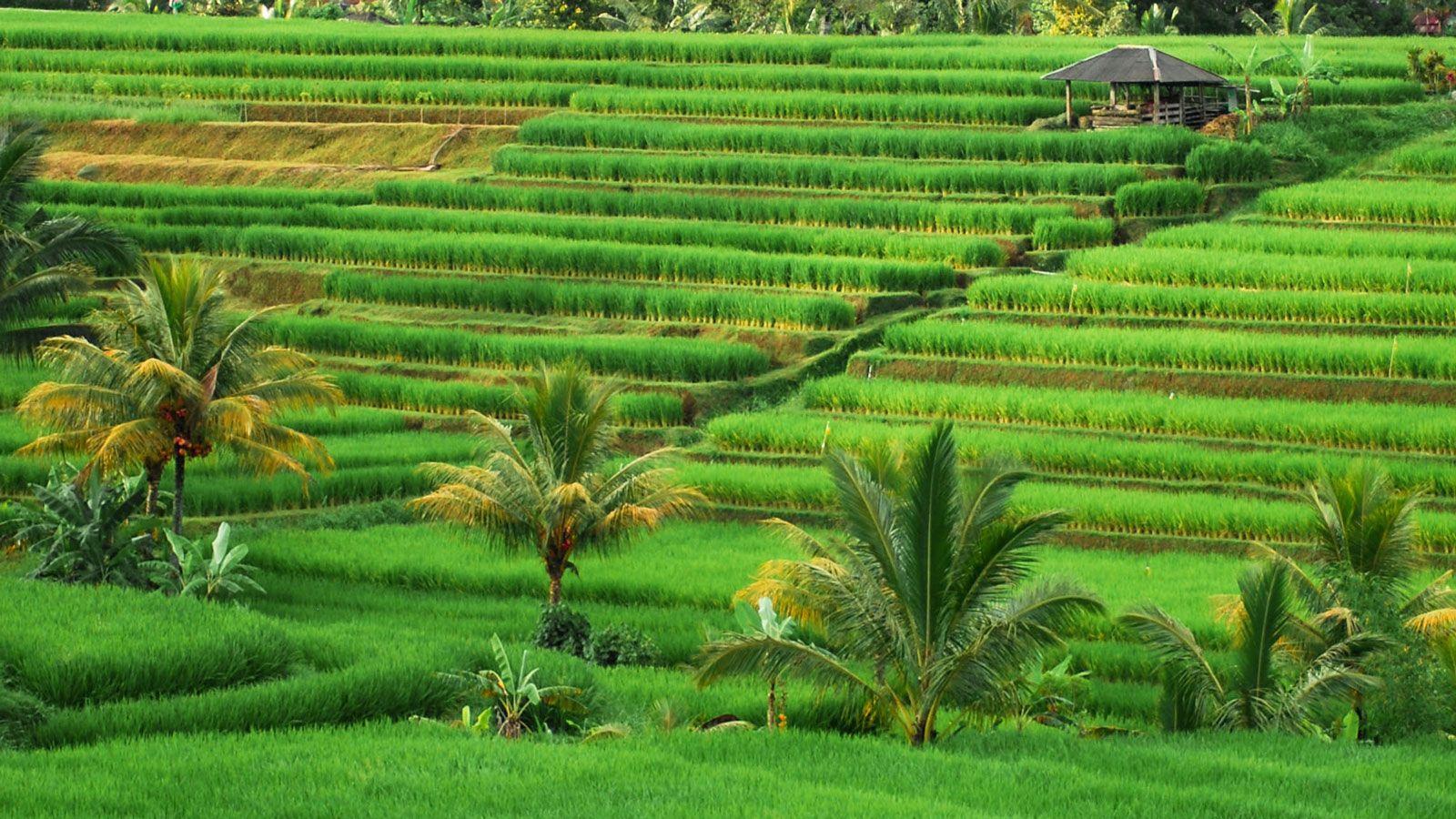
Sawah Wallpapers Top Free Sawah Backgrounds WallpaperAccess
The introduction of Asian-based Sawah 1 farming system through an ecotechnology approach has opened a new frontier for diversification of the rice-based cropping system in West Africa. On-farm rice-fish culture experiments were conducted at Biemso under irrigated Sawah and Nobewam irrigation project sites in Ashanti region, Ghana, during the main cropping season of 2000.

Sawah, Indonesian Rice Field Stock Photo Image of field, sawah 262568818
DOI: 10.1016/S1672-6308(09)60013-5 Corpus ID: 84350443; Sawah Rice Eco-technology and Actualization of Green Revolution in West Africa: Experience from Nigeria and Ghana @article{Oladele2010SawahRE, title={Sawah Rice Eco-technology and Actualization of Green Revolution in West Africa: Experience from Nigeria and Ghana}, author={Oladimeji Idowu Oladele and Toshiyuki Wakatsuki}, journal.
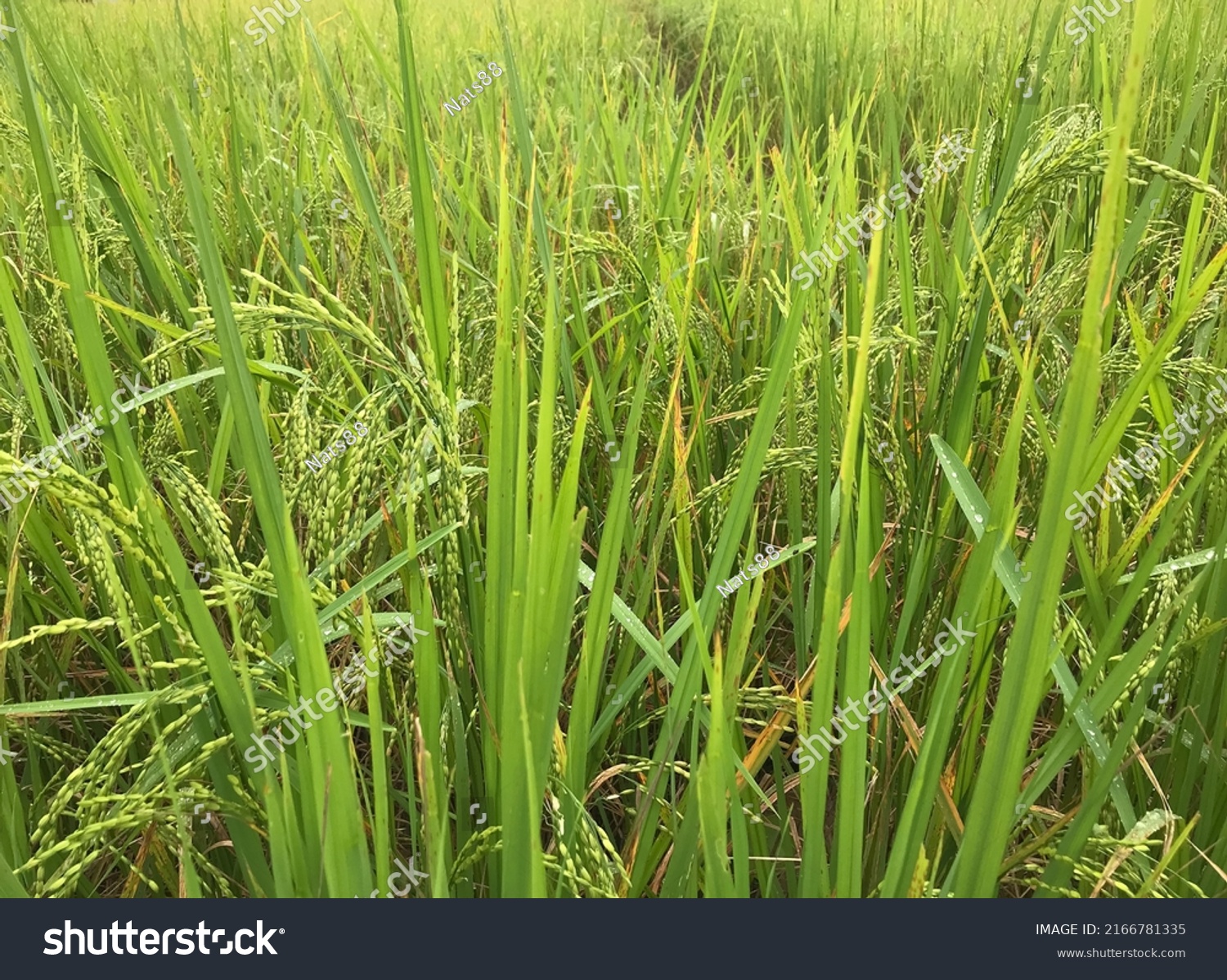
Sawah Rice Fields That Have Turned Stock Photo 2166781335 Shutterstock
Sawah is generally described as a controlled water management system in the rice field which involved mainly bunding, puddling and leveling with inlets and outlets channels on the bunds for.
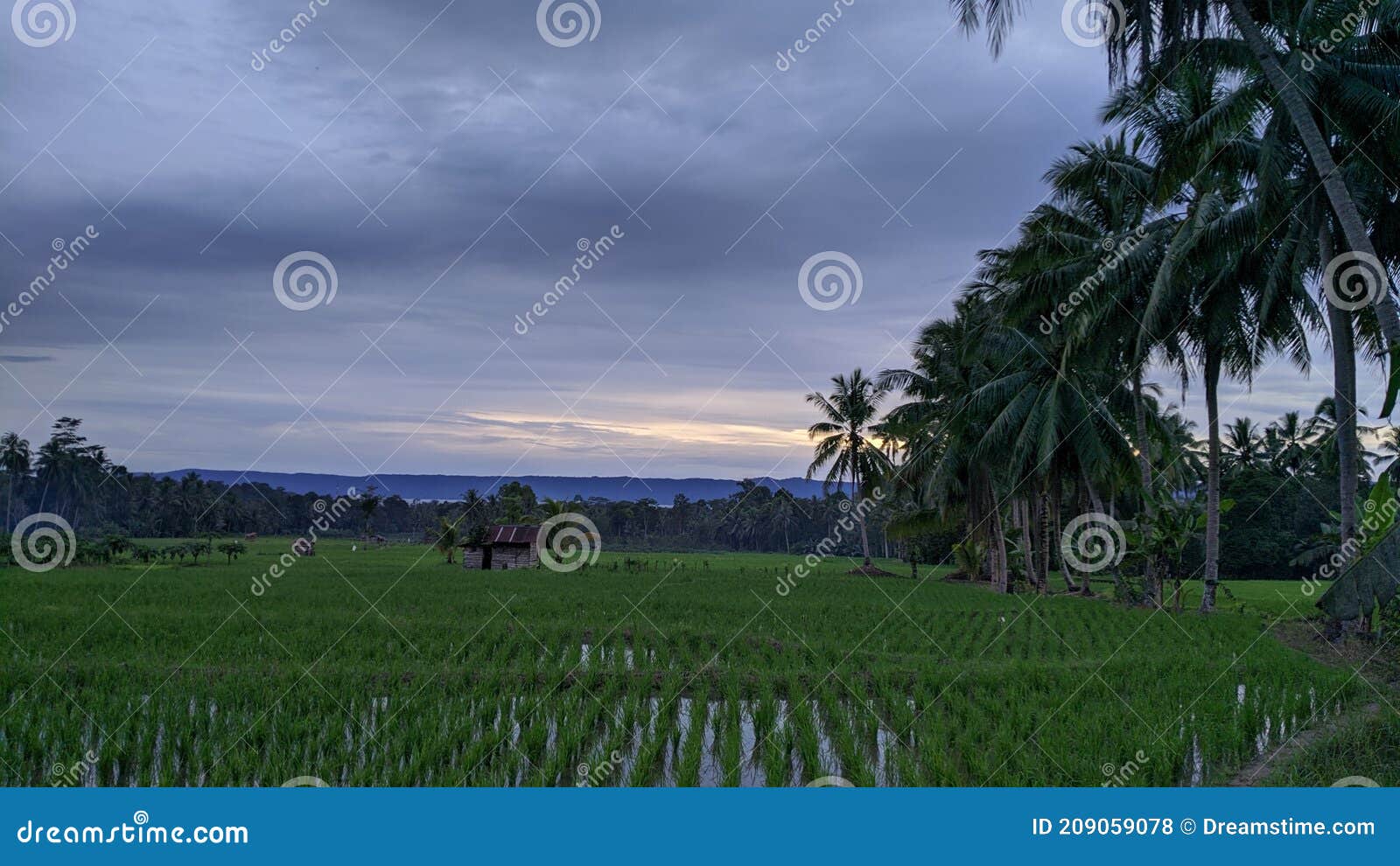
Rice fields sawah stock photo. Image of pada, sawah 209059078
Sawah intervention The potential of Sawah based rice farming is enormous in West Africa in order to stimulate the long awaited green revolution. This is predicated on the fact that the agro-ecological conditions of the core region of West Africa are quite similar to those of northeastern Thailand, which is one of the rice center in the country.

Rice Field Potrait / Padi Di Sawah Stock Photo Image of grass, sawah
Also rice grain yield was statistically increased by both sawah managed environments and the soil amendments, with complete sawah environment amended with poultry droppings giving the highest significant increase in the yield of 7.5 tons per hectare. Key words: Sawah environment Soil properties Rice grain yield Soil amendment

Penggunaan Mesin Ringkas Di Sawah (Rice Field) MyRokan
The sawah rice production technology has afforded the awareness that more hectares of lowland can be put into rice production within a short time and still be sustained effectively and efficiently with high yield sufficient enough to herald the much awaited Green Revolution in West Africa. Key words: Sawah, eco-technology, Green Revolution, SSA.

Green Sawah Rice Field View Countryside Stock Photo 1100586227
The amendments also improved the pH, TN, CEC and base saturation during the period. Also rice grain yield was statistically increased by both sawah managed environments and the soil amendments, with complete sawah environment amended with poultry droppings giving the highest significant increase in the yield of 7.5 tons per hectare.

Farm, Rice, Sawah, Ampera, Indonesia Stock Image Image of sawah
Also, rice grain yield increased significantly with sawah system such that about 11 and 23% yield increases were obtained in sawah over non-sawah in the two years, respectively. Although OC can be used to explain the variation in total grain yield in the first year, it was the CEC that explained the total grain yield in the second year.
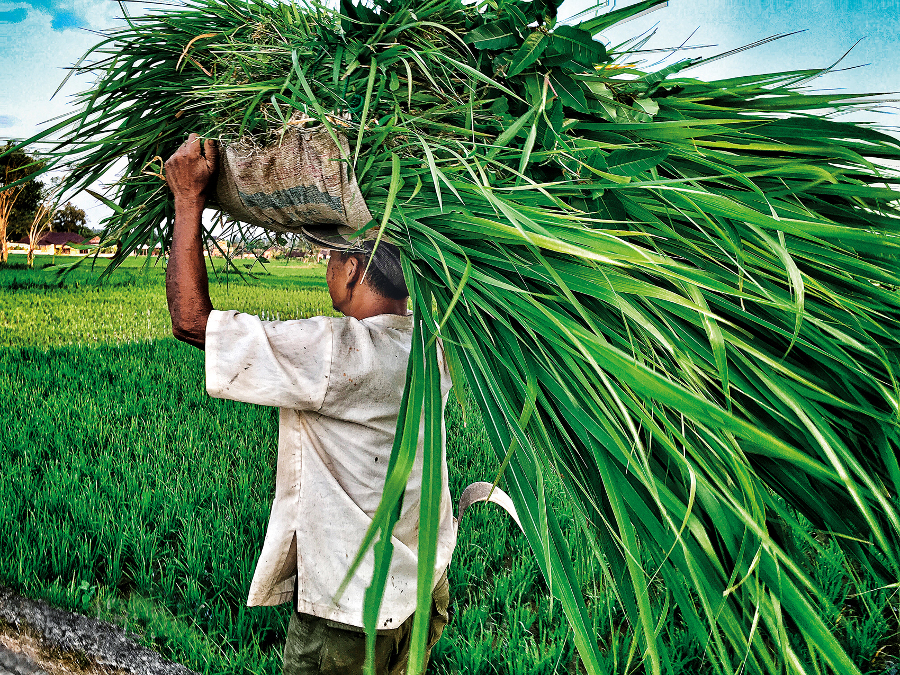
Stalwarts of the Sawah The Life of the Balinese Rice Farmer NOW! Bali
The realities of sawah rice production technology by scientists and farmers in the region have been a major factor for its high rate of adoption, which will promote the use of more hectares of lowland into rice production within a short time. The sustainability of the sawah technology with high yielding is definitely the harbinger of the.

SAWAH Exotic Green Rice Field of Yogyakarta Indonesia Tourism
under rice sawah management system. The objectives of the study, therefore, were to determine (1) the effect of sawah and non-sawah water managements on the chemical properties of the soil and (2) the effects of these manage-ment systems on the rice grain yield. Materials and methods Site description The experiment was conducted on the.